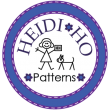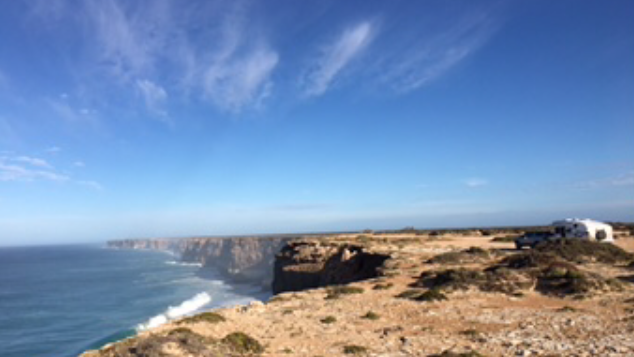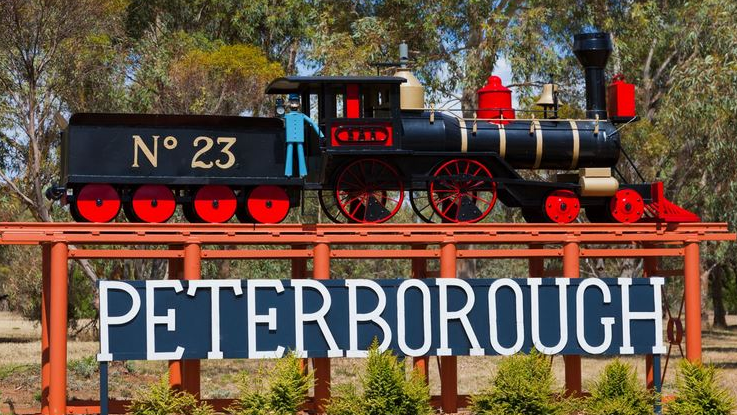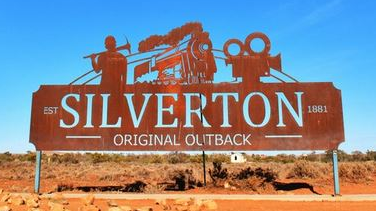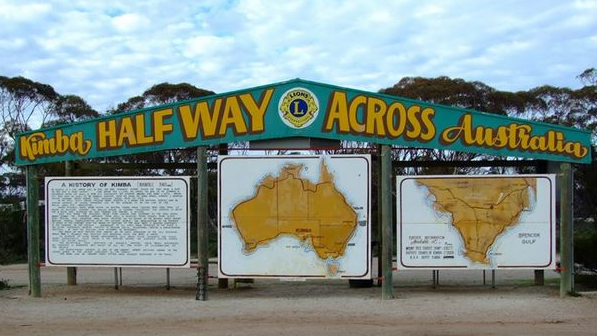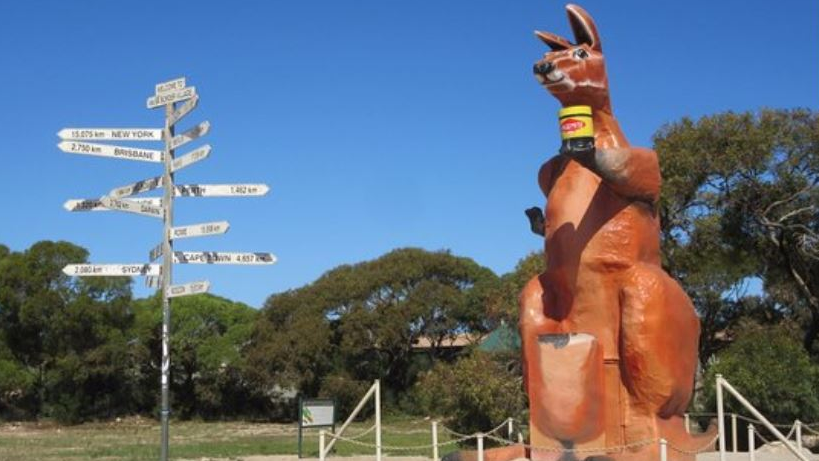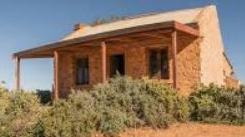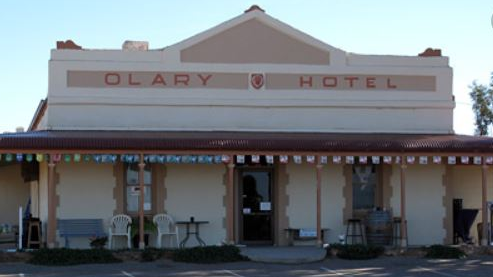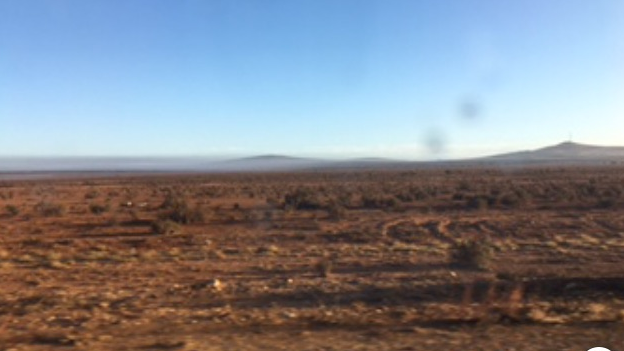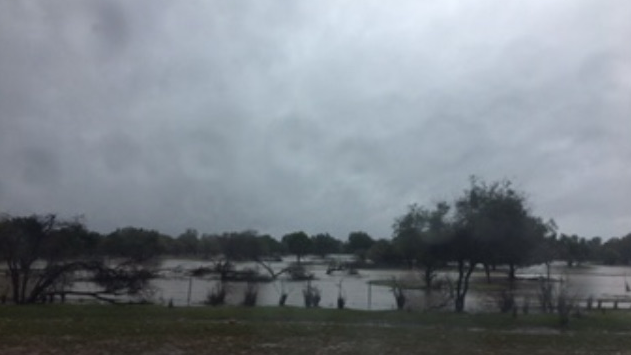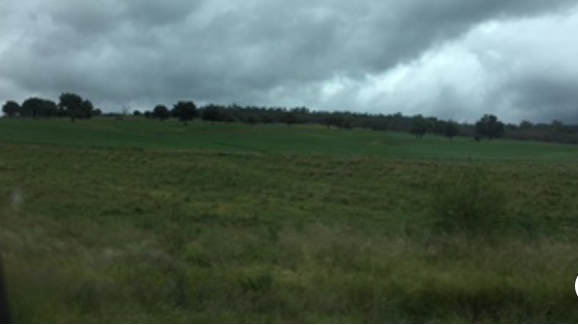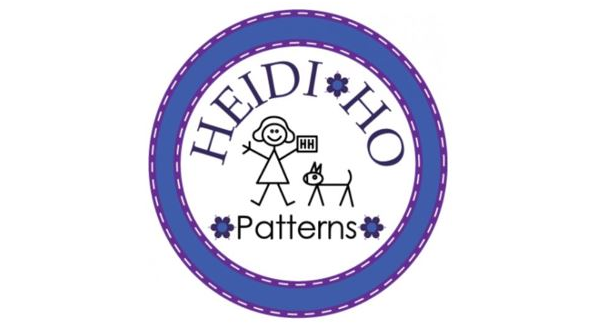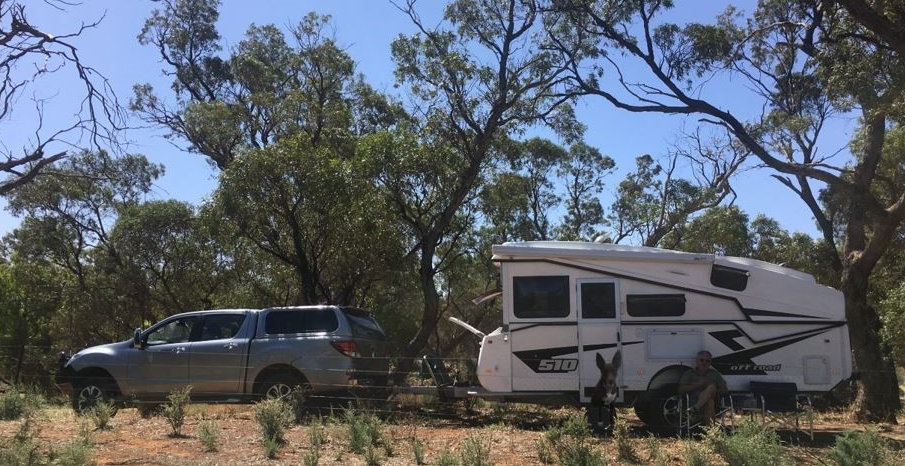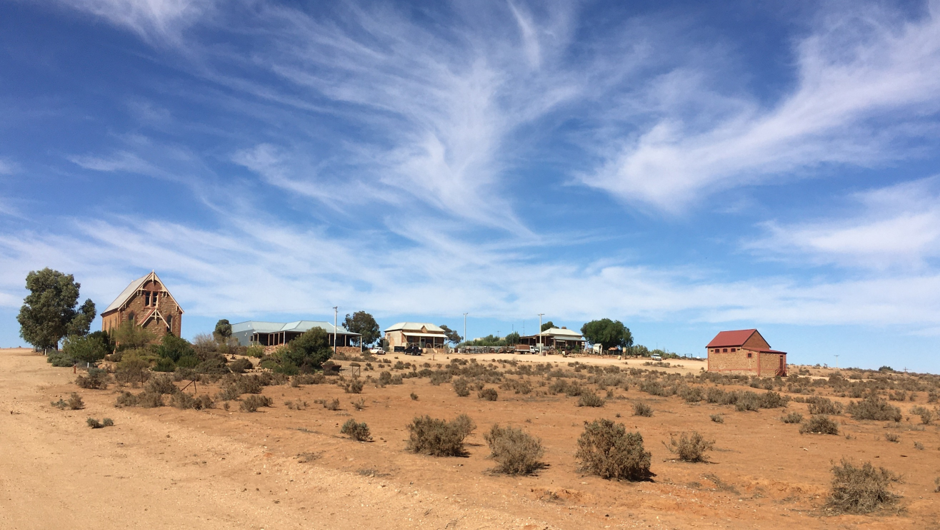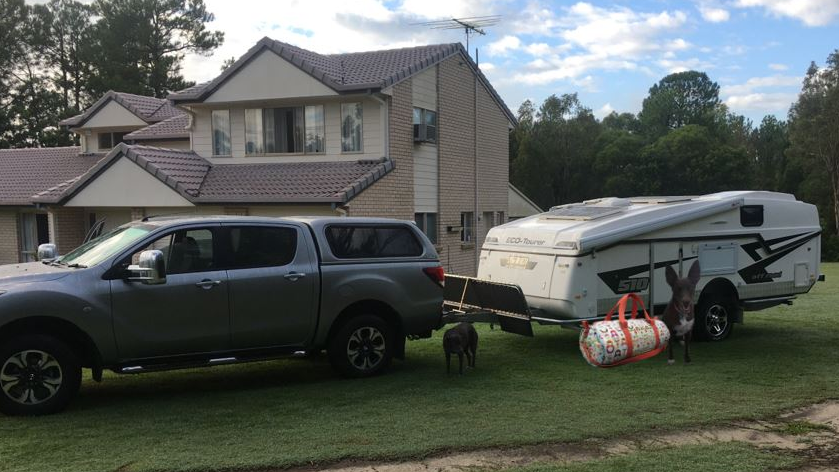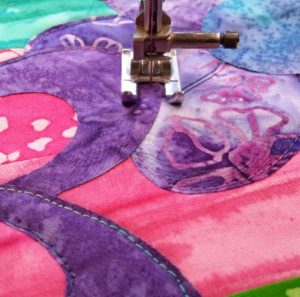
Heidi made it Back On The Road again. Not quite the trip that was originally planned earlier this year but is happy to have the opportunity to be out again.
We headed north from Brisbane along the inland route.
As we sit back and watch the day unfold around us, we tend to forget the forefathers who are responsible for the Australia as we know it today. I was reminded of this when we spent a couple of nights in Taroom. A quaint little town with a nice and neat main street and very friendly residents. The main highway runs through town and it was a continuous stream of cars, caravans, trucks and farming vehicles. Usually this is us, as we pass through towns but this time we stopped for the day. It was 1844 when German Explorer and naturalist Ludwig Leichardt made his way through the area on an expedition of Central to Northern Australia. He carved his name in the tree that is still standing. The town built itself around the now heritage listed Leichardt tree. There is a lovely river walkway that meanders along the edge of the Dawson River. It shares the sight of the bridge built in 1863 and remains of the second bridge as shown in the photo built in 1897. You can’t help but ponder the hardship of these explorers and pioneers way back them.
Continuing along a similar path as Leichardt, we came to Charters Towers. Gold was accidentally discovered here in 1871. By 1899 it had a population of 25,000. The town grew quickly and everything you needed was available here including the 65 pubs to drench the thirst of the hardworking gold-miners. The town was affectionately known as ‘The World’.
The first real highlight of the trip was The Undara Experience with it’s fascinating landscape. A series of Lava Tubes that were formed 190,000 years ago. The Undara Volcano oozed lava over a period of time. The top layer of the lava dried hard, leaving it hot and melting a continuous stream underneath. Eventually the hot lava ran out and left the rock-solid tunnels.
You can walk around the top rim of the nearby Kalkani Crater. The facilities at the campsite were top notch. The open-ended veranda was picturesque.
Our next two camps, along the dry and dusty Highway no. 1, were at Cumberland Chimney, Georgetown and Leichhardt Lagoon, Normanton. They were both at waterholes full of bird-life and beautiful sunsets, a real little oasis.
Cumberland was a miner’s camp, founded in 1872. The chimney is the only remains of a thriving small mining community for nearly 20 years. The lagoons are home to Bustards, Bronze Cuckoos, Finches, Bee eaters, Bower birds, Grey teals, Black Cockatoos, Wedge-tail Eagles, Kestrels, Egrets, Jacanas, Magpie Geese, just to name a few.
Karumba in The Gulf of Carpentaria was our next port of call. Famous for its Barramundi fishing and again, beautiful Sunsets. To support the local economy, we ate Barra every day and thoroughly enjoyed every bite. The sun sets over the section of ocean that forms the gulf, which only occurs along that part of the coast in Queensland. We really enjoyed a three-hour tour on the Ferryman, that took us down the Norman River. We were spotting the occasional crocodile sunning itself along the shoreline. The birds were a little bit cheeky, showing off for the boat of tourists.
We came back up to the mouth of the river to watch the sun set slowing into the ocean after a long, hot day.
We then drove down to Cloncurry and turned eastbound. That’s when we got the phone call that Heidi was gravely ill with kidney failure. She had collapsed and was in a really bad way, not expected to survive. Without any hesitation, we packed up camp and headed home, three days of driving. In the meantime, her carer took her to the Burpengary Vets then she went onto the Vet Hospital in Albany Creek – BVSC. After five days of constant treatment in the hospital, she was well enough to come home. We can’t praise the care that she got, highly enough. The staff were constantly phoning us with updates of her treatment and recovery. Heidi was very thin and quite fragile but with a lot of love and sunshine she started to get back to her old self. Unfortunately, there is a lot of damage to her kidneys and we don’t know what the long-term outcome will be.
Heidi is such a little character; we feel blessed to have her with us.
So that will be the end of our traveling for a while. We’ll just sit tight and ride out the remainder of 2020, the year that no-one will ever forget.
Keep well, keep safe
And Happy Sewing
Heidi Ho

